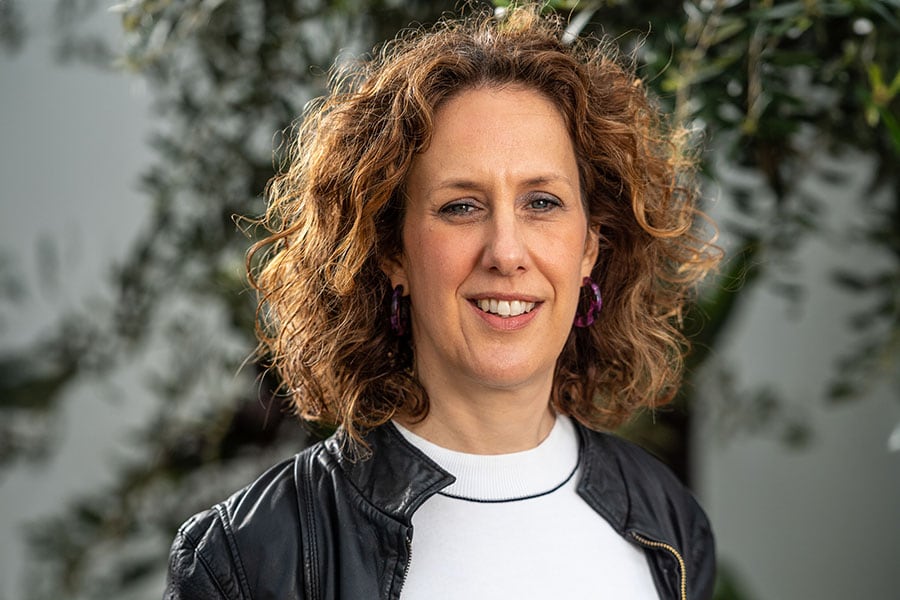
'There are not enough people working in climate': Helen Clarkson, CEO, Climate Group
In an exclusive interaction during her recent India visit, Clarkson spoke about why it's important for the world that India is on track to meet net-zero targets, level of climate awareness among business leaders, and how India can chase robust GDP growth while keeping climate considerations in mind
 Helen Clarkson, global CEO of Climate Group
Helen Clarkson, global CEO of Climate Group
During her visit to India in March, Helen Clarkson, global CEO of Climate Group, an international non-profit that works with businesses and governments to address climate change, said that India is playing an important role globally in encouraging the transition to renewable energy, given the country’s recent commitment to triple its renewable energy capacity by 2030.
The Climate Group has been present in India for 15 years. During this time, they have worked with 15 state governments (eight at present), and about 150 businesses. Some of the companies they are working with to address climate-related strategies include Tata Motors, Godrej, Flipkart, JSW Steel, Ikea, JK Lakshmi Cement, Ashok Leyland, Flipkart and Zomato. Their network includes more than 500 multinationals in over 175 markets worldwide.
Some of the major programmes they run in India, include the EV100 and the EV100+, through which they help businesses commit to the transition of their fleets to electric vehicles (EVs). In 2023, they supported government agency Niti Aayog to launch the e-Fast platform to accelerate the electrification of trucks, which led to a demand of 7,500 vehicles.
Their SteelZero programme is helping decarbonise steel industries. The RE100 programme, which has about 400 member companies including Apple, Adobe, Airbnb, Infosys, Accenture, UltraTech Cement, AstraZeneca, Decathlon and Chanel, helps businesses commit to procuring 100 percent renewable electricity. Clarkson says that their work with companies in India is largely around EVs and energy efficiency strategies.
In an exclusive interaction with Forbes India, Clarkson spoke about climate awareness among business leadership in India, actions taken by governments at the state and central levels, and how India can chase robust GDP (gross domestic product) by keeping green transition at the core. Edited excerpts:








